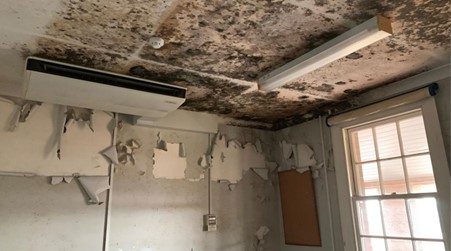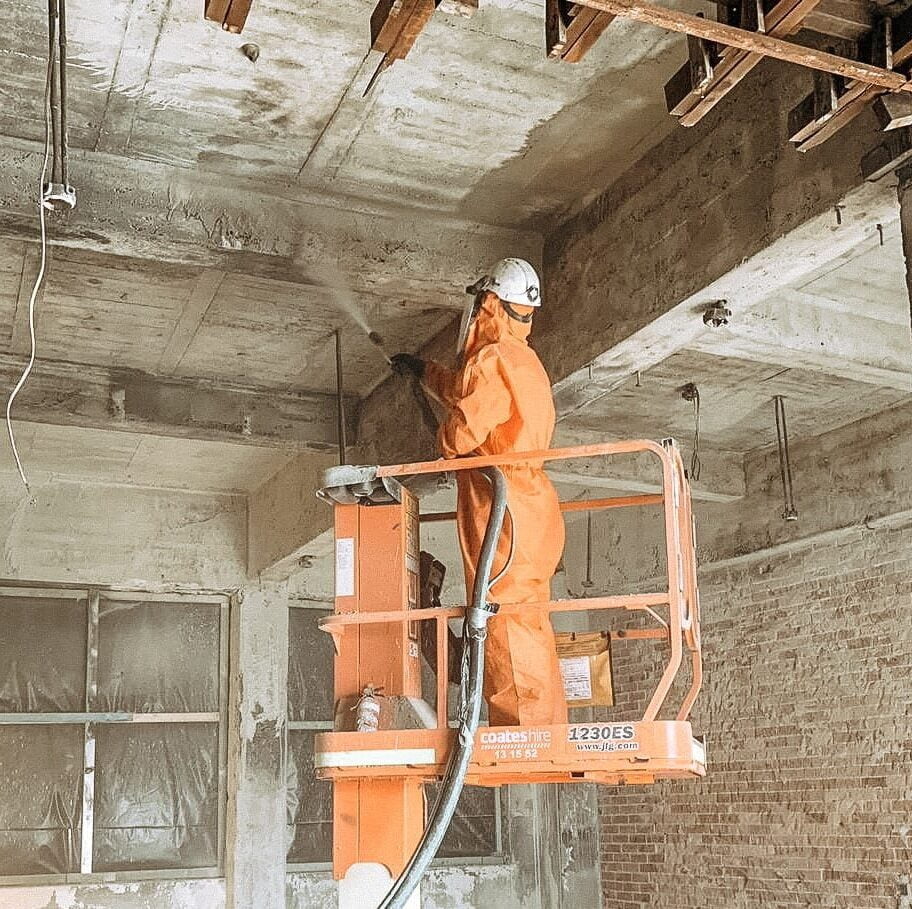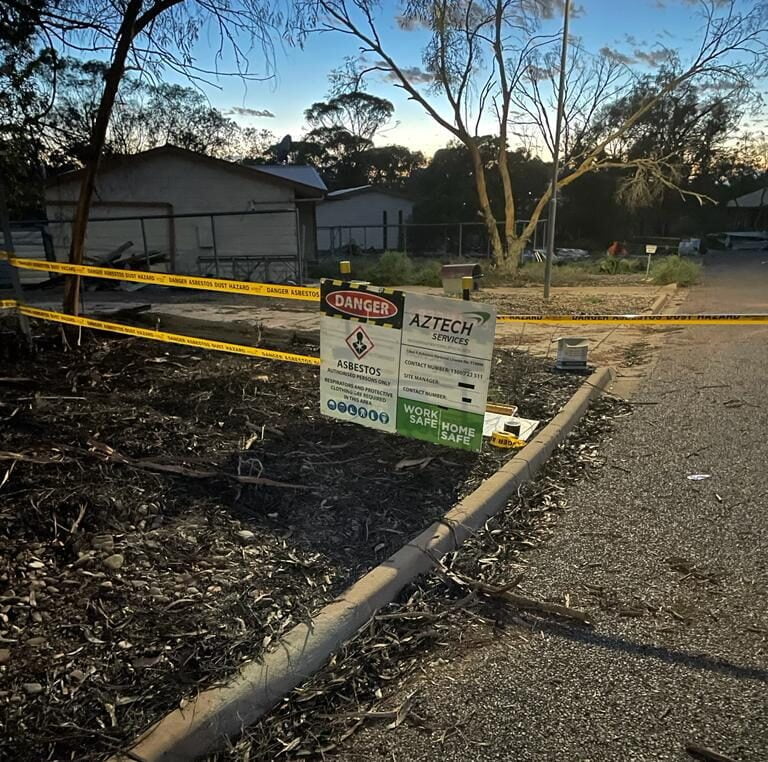Identifying mould in your house, workplace or construction project is always a concern. Not only does its rough, discoloured appearance look unpleasant, but it can be hazardous to health and should be dealt with immediately.
Unfortunately, mould is a common problem in properties across Australia – both old and new. It’s often caused by water leaks, rising damp, or rain seeping through gaps in the roof, windows or general structure of the property.
But what exactly is mould, what are the dangers of mould to our health, and how should you deal with it when you see it?

What is mould and how does it spread?
Mould is a type of fungus that grows on almost any surface, including timber, plasterboard, concrete and carpet. There are thousands of different species of mould, with many more yet to be identified.
Mould grows most rapidly in environments with high moisture content (humidity) and high temperatures, casting branching threads outwards from the mould spore.
These threads usually resemble dense cobwebs with spores that often stand up from the surface into the air. The mould grows in this way to release more spores that spread.
When left alone, with no attempt to control or remediate the mould, reproduction is predominantly is in the form of spores which spread via airborne dispersal or, in some cases, via insects.
Sadly, mould generally doesn’t die off in lower temperature environments. Instead, it transitions to a dormant state from which it can regenerate under the correct conditions.
If not removed properly, mould spores can dislodge and travel to other parts of the property.
What are the dangers of mould to health?
There are multiple dangers of mould to health. Because it’s airborne, exposure can be through your skin, eyes, ingestion and inhalation.
High levels of exposure can result in adverse health effects, including:
• Eye irritation
• Fatigue
• Nausea
• Nasal congestion
• Sneezing
• Coughing
• Shortness of breath
• Headaches
Moulds also produce allergens that can lead to allergic reactions. Plus, it can sometimes release toxic substances and lead to heighten sensitivity. However, each individual will respond differently.
What’s the best way to deal with mould?
As soon as you identify mould in your property, you need to deal with it swiftly. Rather than tackle it yourself, it’s best to call in a mould remediation specialist to ensure you don’t release more spores into the air.
Before remediation begins, the source of the moisture must be identified and permanently rectified otherwise the mould will most likely return.
Depending on the mould spore type identified, mould remediation typically requires encapsulations to be built and used alongside air scrubbers and/or negative air pressure unit equipment.
Decontamination showers out units are also used to make sure contaminants aren’t spread to other areas.
All works undertaken should be completed to achieve hygiene clearances per residential and Workplace Health and Safety guidelines. This is to ensure the affected area is safe to re-occupy.


